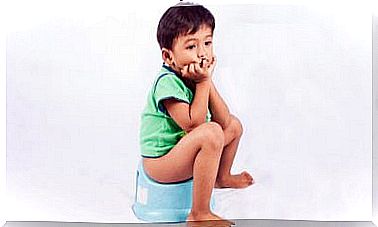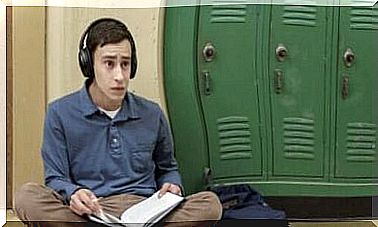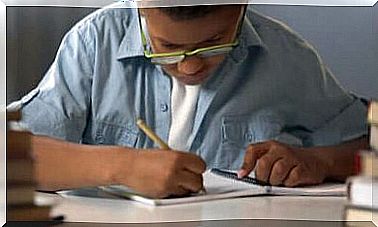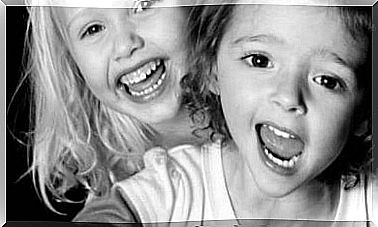How To Speak To Make Your Child Think
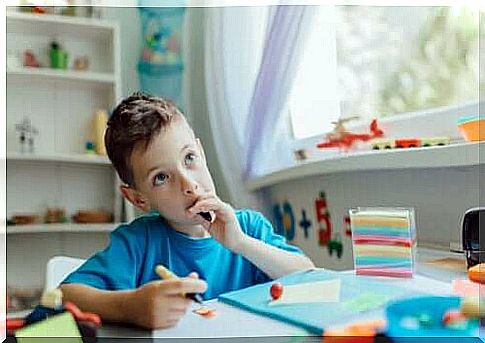
How to speak to make your child think and to make him think for himself? Are there any tools that might be helpful? It seems that the educational value of the early childhood education phase has not been discussed for a few years. However, teaching and learning to think is the primary objective of education in today’s society.
“ Teaching your child to think involves certain knowledge, procedures and attitudes : knowledge precisely about knowledge itself, thinking, intelligence, metacognition, in a single word. Procedures, methods and strategies to develop intellectual abilities. Attitudes of pursuit, curiosity, admiration and satisfaction in the face of the same mental activity, its processes and its achievements” . (Garcia-Garcia, E., 1994)
We are immersed in a society with constant scientific, technological, economic, political changes, new values and patterns of sociocultural behavior. Repetitive learning is not appropriate for children to develop in this world.
Today’s society and human beings need an education that develops the ability to learn, the ability to think. That’s why learning to learn and learning to think are priority goals.
Thus, it is necessary to develop in each person the ability to learn and think on their own, enhancing the individual’s intellectual and moral autonomy and respect for this same autonomy in others. In addition, when teaching and learning to think, it is essential that “anticipated” limits are not established in relation to people’s mental capacities.

Is there a how-to formula to make your child think?
Parents and educators are challenged to make children learn more complex and flexible thought processes, and to be able to express and bring these thoughts to consciousness to make decisions about their relevance in different contexts.
Therefore, in most cases, it is necessary to change the intentions of parents or educators for this intervention to be directed towards making children learn to make their own decisions more consciously.
During this phase, and practically from the first year of life, the child adopts several procedures to plan and regulate his own behavior. So, this is how they learn the basic procedures of play, expression and communication or knowledge of their immediate surroundings.
The different means of knowledge or experiences in which the contents of this stage are organized can help to design global, interesting and sufficiently complex activities for children, with the help of parents and educators, to increase their capacity for reflective action.
An example
If you observe the context related to your child’s physical and social discovery, you can develop activities based on the formation of interesting questions that allow the child to establish possible courses of action to solve them and that lay the foundation for learning to plan and regulate the acts themselves. No doubt this will contribute to the further development of metacognitive skills.

The activities that allow the reflective use in the field of communication and representation are particularly exemplary. Thus, it is possible to analyze the manifestations of different moods with the little ones through short videos, images or stories and, later, ask how they felt at that moment and why they think they felt that way, in addition to countless more of questions.
The reflection on the different situations of communication with parents or educators contributes to the development of strategic thinking and planning and regulation skills mentioned above which, in turn, are closely related to language development in children.
If you’re willing or willing to talk to make your child think, don’t hesitate and go for it. With the example above, you will have access to a multitude of ways to promote self-thinking in your children. Go ahead and do it with your little one!
